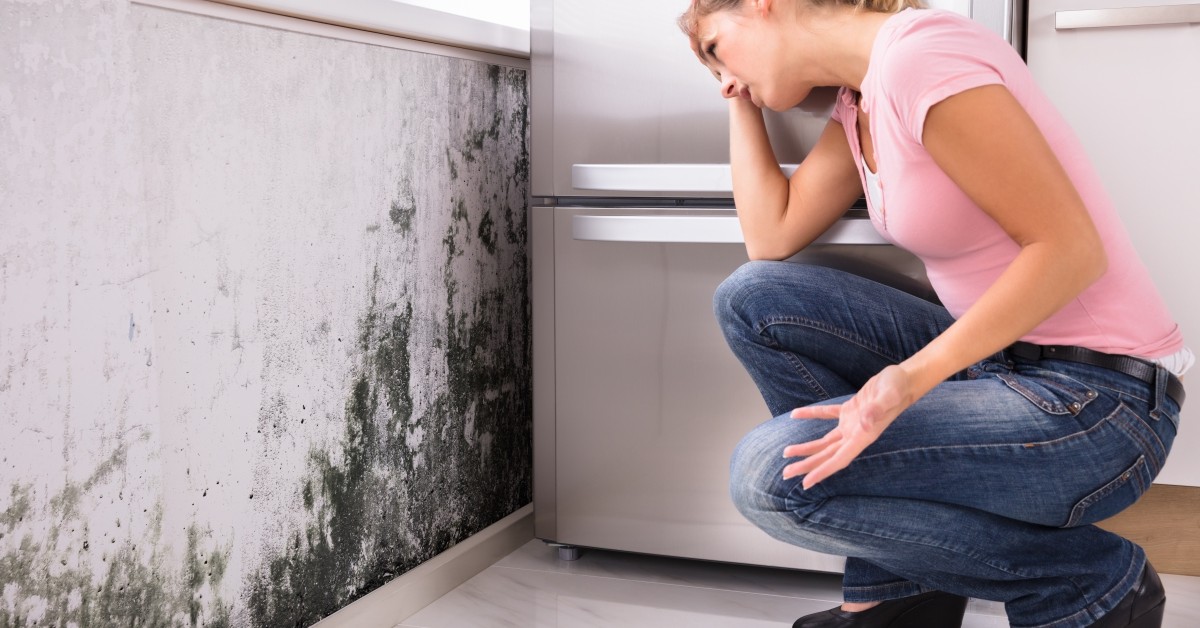Accessing Neighborhood Post Remediation Mold Testing Near Me
Accessing Neighborhood Post Remediation Mold Testing Near Me
Blog Article
Your Ultimate Overview to Blog Post Mold And Mildew Removal Methods
In the aftermath of mold and mildew infestation, recognizing how to properly eliminate the mold and prevent its reoccurrence is extremely important for preserving a healthy and balanced indoor setting. From selecting the appropriate cleaning and decontaminating techniques to implementing approaches for long-term mold and mildew prevention, each step in the removal trip plays a vital role in guaranteeing an effective end result.
Understanding Post-Mold Remediation Process
After completing the mold and mildew remediation procedure, it is critical to comprehend the post-mold remediation strategies that are essential to make sure a complete and reliable clean-up. Once the mold and mildew has been gotten rid of, the following step involves cleansing and disinfecting the influenced areas to protect against any type of regrowth of mold and mildew.
Moreover, conducting a last inspection post-remediation is crucial to guarantee that all mold and mildew has been efficiently removed. This evaluation needs to include a detailed aesthetic check in addition to possibly air tasting to validate the lack of mold spores airborne. If the examination reveals any type of lingering mold, extra removal may be needed. Last but not least, educating passengers on preventive steps such as managing dampness degrees and promptly attending to any kind of water leakages can help maintain a mold-free atmosphere.
Effective Cleaning and Sanitizing Techniques

Avoiding Future Mold And Mildew Development

Significance of Appropriate Air Flow
Proper air flow plays a vital function in protecting against wetness buildup, a crucial variable in mold development within interior settings. Reliable ventilation systems help get rid of excess moisture from the air, reducing the opportunities of mold spores finding the wetness they require to germinate and spread out. Without sufficient air flow, interior areas can become a breeding place for mold, leading to possible health and wellness threats and structural damages.
By making certain appropriate air circulation, air flow systems can also help in drying damp locations faster after water damage or flooding incidents, additionally preventing mold and mildew growth. testing air quality after mold remediation. Precede like shower rooms, cellars, kitchen areas, and attics where moisture levels tend to be greater, setting up and preserving reliable air flow systems is important in preventing mold and mildew problems

Surveillance and Upkeep Tips
Offered the critical role that proper air flow plays in preventing mold growth, it is critical to develop efficient surveillance and maintenance pointers to make sure the continued functionality of ventilation systems. Normal assessments of ventilation systems ought to be carried out to look for any signs of clogs, leakages, or breakdowns that might impede correct air movement. Surveillance humidity levels within the residential property is likewise important, as high humidity can contribute to mold and mildew development. Setting up a hygrometer can aid track moisture levels and alert homeowners to any type of spikes that might need focus. Furthermore, making certain that air filters are frequently cleansed or replaced is necessary for maintaining the performance of the air flow system. Applying a schedule for routine upkeep jobs, such as air duct cleaning and HVAC system assessments, can help avoid concerns prior to they escalate. By remaining alert and positive to the condition of air flow systems, home owners can efficiently mitigate the threat of mold and mildew regrowth and maintain a healthy and balanced indoor setting.
Conclusion
Finally, post-mold removal techniques are essential for ensuring a tidy and safe setting. Understanding the procedure, implementing reliable cleaning and sanitizing techniques, protecting against future mold growth, preserving correct air flow, and regular tracking are all crucial action in the removal process. By complying with these standards, you can efficiently eliminate mold and mildew and prevent its return, working or promoting a healthy living room for all occupants.
In the results of mold infestation, knowing exactly how to efficiently get rid of the mold and prevent its reoccurrence is vital for preserving a healthy and balanced interior atmosphere. Once the mold has actually been gotten rid of, the next action includes cleansing and sanitizing the affected areas to stop any kind of regrowth of mold and mildew - After mold remediation. After removing visible mold growth, it is crucial to cleanse all surfaces in the damaged location to remove any staying mold and mildew spores. To further enhance mold prevention procedures, it is essential to resolve underlying issues that at first led to mold and mildew advancement.Given the vital function that correct ventilation plays in stopping mold development, it is imperative to develop efficient surveillance and upkeep ideas to ensure the continued capability of look these up air flow systems
Report this page